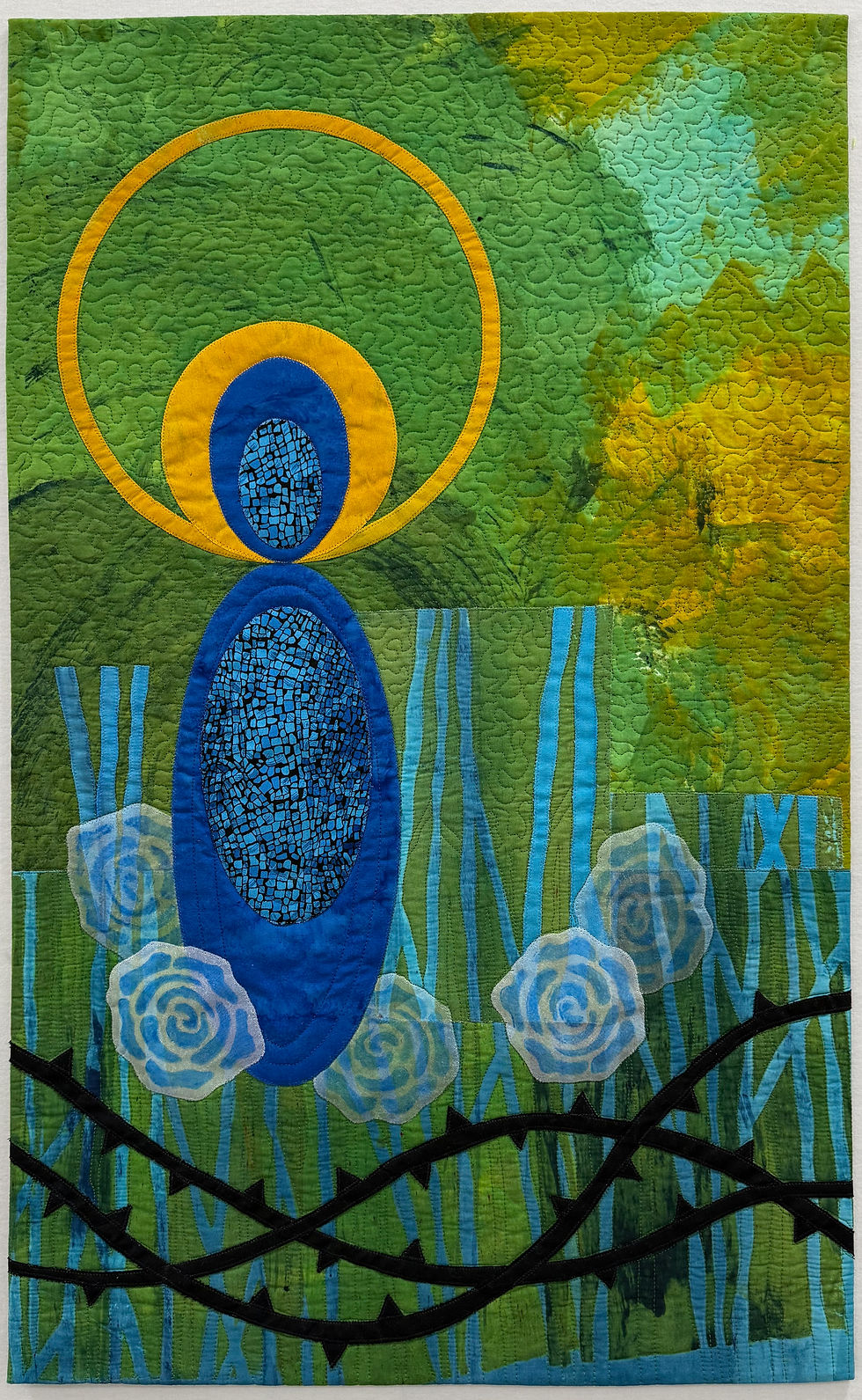The Pont du Gard--Then and Now
- Kathie Kerler
- Jan 28, 2022
- 3 min read
Updated: May 23, 2022
In 1994 I had the opportunity to go to France, a place that had always seemed out of reach to me. As a child my family’s trips were a few days at the coast or a rodeo. My parents were not the traveling kind. I began studying French at age eleven and now, finally as an adult, I was going with my French professor and six others, including my late husband. We started in Paris, traveled north to Normandy, then south to Nice on the way to our final destination of Geneva, Switzerland. One site we visited was the Pont du Gard (Bridge of the Gard) in Provence. I still remember driving up to the bridge, getting out of the bus, and realizing I could reach out and touch an actual Roman aqueduct.
This Unesco World Heritage Site is considered a true masterpiece of ancient architecture. It was built by the Romans midway through the first century AD to carry water over 31 miles (50 km) from springs at the city of Uzès to their colony in present-day Nîmes. This bridge is the only remaining example of a three-story antique bridge. It has three rows of arcades--arches supported on piers or columns--one on top of the other with six arches on the bottom, eleven in the middle and 35 on top. It was constructed of soft yellow limestone blocks taken from a nearby quarry that borders the river Gard. Stones, some of which weigh up to six tons, were precisely cut to fit perfectly together to eliminate the need for mortar. Block and tackle pulleys lifted the stones in place.
During my first visit, I could look into the aqueduct to see how it had become clogged with debris, plant roots, and mineral deposits, making it useless. I could also have walked across the top level. But with no railing, I was not about to join in with those more daring. At 53 yards (49 meters) above the Gard River, the bridge is the world’s highest remaining Roman construction.
In 2017, I went back to the Pont du Gard with my now husband and was astonished to see how it had changed. We parked our car in a lot, paid an entrance fee, then walked past souvenir shops to reach the bridge. Then another surprise. In 2000, the site underwent major development to ensure its long-term protection. The Gard River had seriously flooded in 1998, weakening the bridge. A supporting structure was built up against the lower level in the form of a pedestrian walkway. The photo below shows the bridge as it is today. You can see people on the lower-level walkway. The top level is no longer accessible to pedestrians, although you can hike up to view it.

In reconsidering my initial misgivings, I now see the Pont du Gard as more than a bridge connecting places. It also links us through time and history. For me, it’s personal history. During the twenty-three years between my visits, I lost a husband and remarried, moved homes six times, and lived in two French-speaking countries. In contrast, forty centuries have passed since the Pont du Gard was built. Stones have been plundered from it. The Duke of Rohan cut away the second row of arches to one-third their depth so he could roll artillery across it. Napoleon III had it renovated with concrete and stairs. And, among other things, it survived three great floods in the last century. What better way to honor this monument than through art.
Below is my original photo.

I simplified and abstracted it in Photoshop Elements and intensified the colors, as shown.

My typical construction methods of appliqué and embroidery are slow, so I was concerned whether I could finish by our deadline. Then, I was diagnosed with uterine cancer. Two surgeries and recuperation left me even less time to make my quilt.
I reconsidered techniques. First, I made a small sample using Inktense pencils. But the result wasn’t pleasing me, and this too, was going to take more time and effort than I would have. I went in another direction. I decided to try digital printing through a fabric printing company called Spoonflower. After uploading my abstracted photo to their website, I ordered a sample swatch. The swatch allows you to confirm that their inks’ colors match your photo. The swatch also enabled me to sample some hand and machine stitching before committing to ordering the full print. Here’s the swatch below.

To create the textures of the bridge’s stonework and leafy foliage, I extensively machine-quilted. Note the difference between the first and second photos as more areas were quilted.


The artwork is framed with a narrow binding and a hand-couched a strand of perle cotton to emphasize the orange-pink in the bridge.





Comments